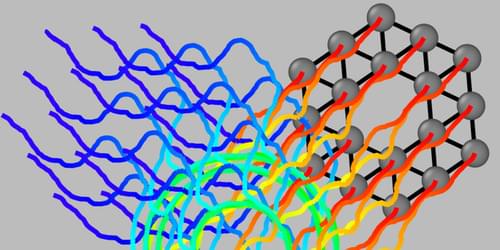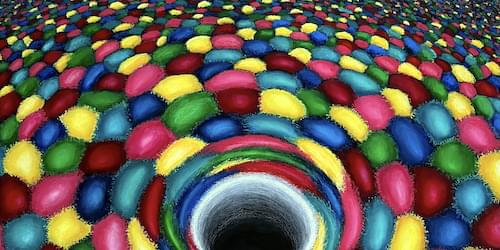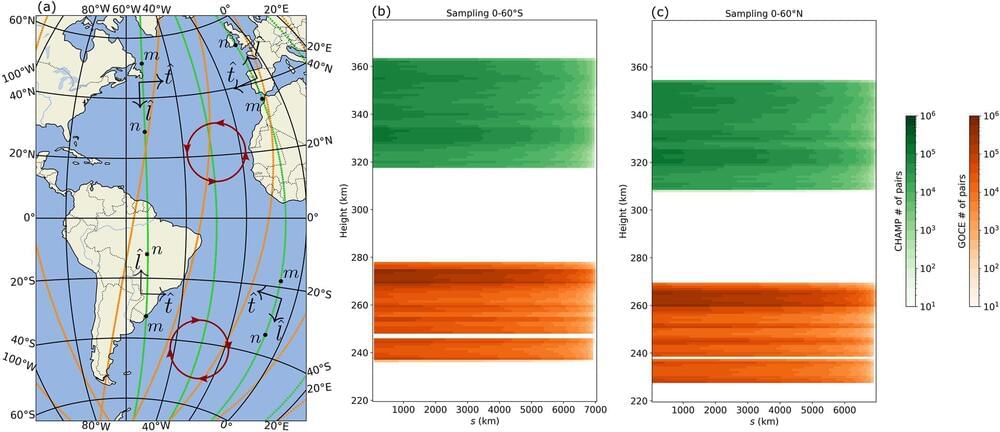According to Kutcher, OpenAI’s generative AI tool Sora is already good enough to churn out footage for major movie productions.


Using artificial intelligence, scientists created the strongest iron-based superconducting magnet in the world. Read the article to learn more.

Memphis may get most powerful super computer yet.
Memphis, Tennessee, may host the world’s largest supercomputer, the “Gigafactory of Compute.”:
The Memphis Shelby County Economic Development Growth Engine (EDGE), Tennessee Valley Authority (TVA), and governing authorities hold the key to finalizing the project. If approved, it would be the largest investment in Memphis history.
According to Memphis Mayor Paul Young, the city boasts “an ideal site, ripe for investment,” coupled with a skilled workforce that can “keep up with the pace required to land this transformational project, the Business Insider reported.
The supercomputer itself is expected to be a technological marvel. It will be powered by 100,000 Nvidia’s H100 GPUs, currently some of the most sought-after chips in the AI industry, as reported by The Information.



Collections of mobile, interacting objects—flocks of birds, colonies of bacterial, or teams of robots—can sometimes behave like solid materials, executing organized rotations or gliding coherently in one direction. But why such systems display one kind of collective organization rather than another has remained unclear. Now researchers have developed a theory that can predict the pattern most likely to emerge under specific conditions [1]. The theory, they hope, may be of use in designing living and artificial materials that can autonomously adapt to their environment.
An “active material” is any system made up of interacting objects able to move under their own power, such as animals, cells, or robots. In so-called active solids, a subset of active materials, strong cohesion between neighboring elements makes the collective act somewhat like a solid. Examples include clusters of certain cell types and networks of robots with rigid connections.
Active solids can display several kinds of collective, organized motion, says Claudio Hernández-López, a PhD student at the École Normale Supérieure and Sorbonne University in France. For example, researchers have observed both coherent rotations and coherent translations in collections of microbes from the phylum Placozoa. Existing theories, however, fail to explain pattern selection—why, if several patterns are possible, does one pattern of behavior emerge rather than another?

Primordial black holes (PBHs)—hypothetical objects formed by the gravitational collapse of dense regions in the early Universe—have been invoked as dark-matter candidates. But for PBHs to constitute all dark matter, they’d have to be extremely light, possibly weighing less than small asteroids. Now Elba Alonso-Monsalve and David Kaiser of the Massachusetts Institute of Technology show that these diminutive PBHs could possess an exotic property—a net color charge (such a charge characterizes quarks and gluons in quantum chromodynamics theory) [1]. Such color-charged PBHs might have left potentially observable signatures, says Kaiser.
Observations rule out that stellar-mass PBHs could fully explain dark matter, but PBHs weighing between 1017 and 1022 g remain viable candidates. Since a PBH’s mass should relate to its age, this mass range corresponds to PBH formation immediately after the big bang, when the Universe was still a hot plasma of unconfined quarks and gluons. Most PBHs would have formed by engulfing large numbers of quarks and gluons having a distribution of color charges. These PBHs would be color-charge neutral and sufficiently massive to live until today. However, the duo’s calculations show that a few PBHs could have formed from regions so tiny that the charges of the absorbed gluons would be correlated, giving these PBHs a net charge.
Color-charged black holes have long been considered to be mathematically possible, but the new study is the first to propose a realistic formation mechanism, says Kaiser. The small sizes imply that they would have since evaporated. Yet their presence in the early Universe might have disrupted the distribution of protons and neutrons when the big bang created the first nuclear isotopes, leaving subtle traces in the cosmic abundance of the elements.

When element 61, also known as promethium, was first isolated by scientists at the Department of Energy’s Oak Ridge National Laboratory in 1945, it completed the series of chemical elements known as lanthanides. However, aspects of the element’s exact chemical nature have remained a mystery until last year, when a team of scientists from ORNL and the National Institute of Standards and Technology used a combination of experimentation and computer simulation to purify the promethium radionuclide and synthesize a coordination complex that was characterized for the first time. The results of their work were recently published in Nature.

In a paper published in Geophysical Research Letters, researchers have discovered that the turbulence in the thermosphere exhibits the same physical laws as the wind in the lower atmosphere. Furthermore, wind in the thermosphere predominantly rotates in a cyclonic direction, in that it rotates counterclockwise in the Northern Hemisphere and clockwise in the Southern Hemisphere.